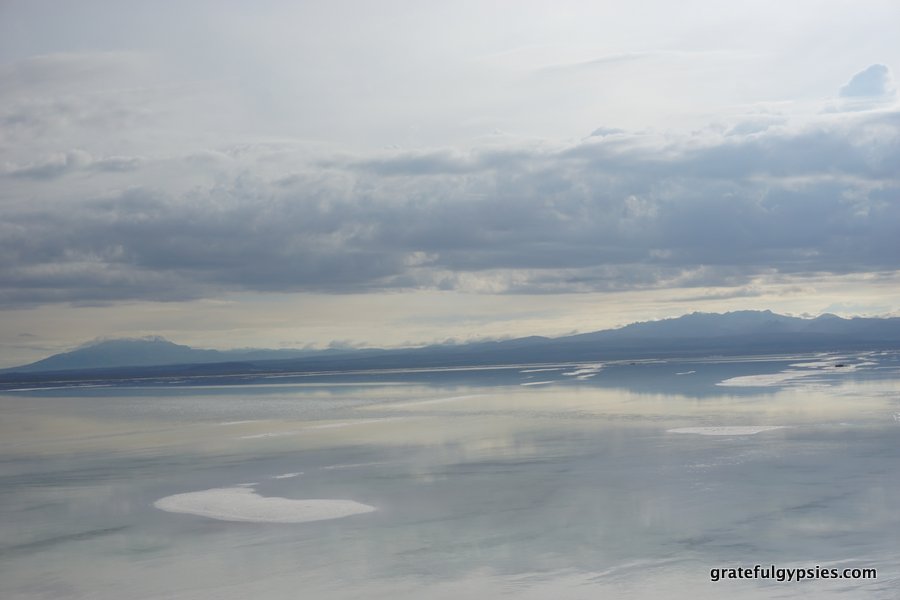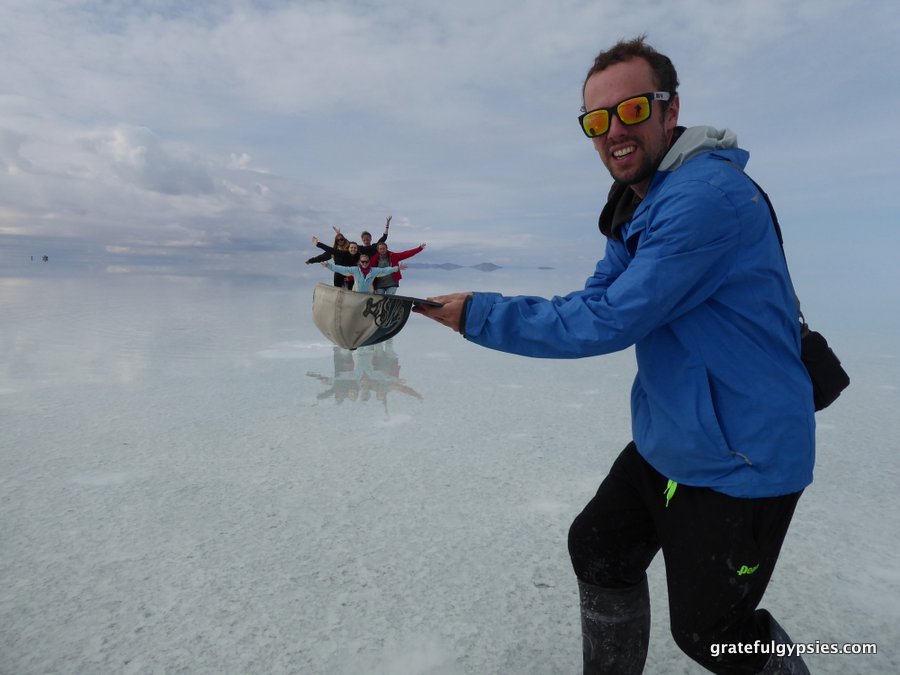Un Viaje Virtual a Bolivia (Parte Dos) Posted by sasha on Aug 30, 2021 in History, Spanish Culture, Travel & Geography
Bolivia es un país increíble para visitar. Los paisajes son hermosos y la cultura es única. Es uno de mis países favoritos a los que he viajado. (Bolivia is an incredible country to visit. The landscapes are beautiful and the culture is unique. It’s one of my favorite countries I’ve traveled to). I already introduced the two capitals of Bolivia and gave you a virtual tour of La Paz. Hoy vamos a visitar la otra capital y algunos destinos famosos (Today we’re going to visit the other capital and some famous destinations).
Sucre
Sucre es la capital histórica y constitucional de Bolivia. Ha tenido muchos nombres a lo largo de los años (Sucre is the historical and constitutional capital of Bolivia. It has had many names over the years). It was called Charcas in pre-Hispanic times and then la Plata de la Nueva Toledo (City of the Silver of the New Toledo) during the time of Spanish rule.
During the War of Independence, it was known as Chuquisaca. The current name comes from Antonio José de Sucre, a revolutionary leader who was the 2nd president of Bolivia. That’s why it’s also known as la Ciudad de los Cuatro Nombres (the City of Four Names). It definitely has an interesting history that you’ll want to learn about if you visit.
Speaking of Spanish rule, Sucre was the site of the first “Grito Libertario” (Shout for Freedom) in a western Spanish colony in 1809. This launched the independence movement across Latin America. Bolivia fue la última colonia española en América del Sur en obtener la independencia (Bolivia was the last Spanish colony in South America to gain independence). After a 16-year war, Bolivia finally became independent in 1826.
Now that we’ve had a history lesson, let’s get back to the tour! Sucre se llama la Ciudad Blanca (Sucre is called the White City). Take a short walk around the historic central area and it won’t take you long to see why. The city is full of beautiful white buildings from its colonial era. Sucre fue designada “Patrimonio de la Humanidad” por la UNESCO en 1991 (Sucre was designated a “World Heritage Site” by UNESCO in 1991).
It’s definitely fun walking around central Sucre admiring all of the architecture, but there’s a really cool attraction just outside of town that’s worth a visit. A short drive will take you to el Parque Cretácico (the Cretaceous Park), otherwise known as the Sucre Dinosaur Park.
Aquí puedes ver los modelos de dinosaurios del periodo cretácico y un mirador de el yacimiento paleontológico más grande del mundo (Here you can see models of dinosaurs from the Cretaceous period and a viewpoint of the largest paleontological site in the world). It’s pretty amazing seeing actual dinosaur footprints and it’s pretty fun checking out all the models. It’s kind of like Jurassic Park but without running for your life!
Sucre es una de las mejores ciudades para estudiar español. Hay muchas escuelas de español aquí y las lecciones son asequibles. (Sucre is one of the best cities to study Spanish. There are many Spanish schools here and lessons are affordable). It’s also just generally a pleasant place to spend some time. We stayed there for a week and really enjoyed it.
Sucre is also a convenient place to visit before or after traveling to the most famous place in Bolivia. This brings us to our next stop on the virtual tour!
el Salar de Uyuni y el Lago Titicaca
El salar de Uyuni es el mayor desierto de sal del mundo. Está situado al suroeste de Bolivia, dentro de la región altiplánica de la cordillera de los Andes. En 2019 fue galardonado por la World Travel Awards como el “Mejor Atractivo Turístico Natural de Sudamérica” (The Salar de Uyuni is the largest salt desert in the world. It is located in the southwest of Bolivia, within the high plateau region of the Andes. In 2019, it was awarded by the World Travel Awards as the “Best Natural Tourist Attraction in South America”).
The best time to visit the famous Salt Flats of Bolivia is when they are flooded. This creates un efecto espejo (a mirror effect) that makes for some pretty awesome photos. Be sure you bring some toys or something to play around with the perspective. It’s one of the coolest things we saw in 7 months backpacking South America!
Wrapping up our virtual tour of Bolivia is a famous lake. El Lago Titicaca se ubica entre los territorios de Bolivia y Perú. Es el lago navegable más alto del mundo (Lake Titicaca is located between the territories of Bolivia and Peru. It is the highest navigable lake in the world). It sits at an elevation of 12,507 feet (3,812 meters) in the Andean Altiplano.
If you’re traveling in Bolivia, you have to check out la Isla del Sol (the Island of the Sun). It’s believed to be the birthplace of the sun and is a very sacred place in South America. Boats make the slow trip to the island from the town of Copacabana.
There are no paved roads or motorized vehicles on this small island in the lake. There are a few hundred families living in three different communities on the island – Yumani, Cha’lla, and Cha’llapampa. La mayoría de las personas aquí se ganan la vida pescando o cultivando (Most people here make a living by fishing or farming). Be sure to try some trucha frita (fried trout) if you visit.
We only visited on a day trip while taking the Peru Hop bus from La Paz to Cusco, but there are several guest houses here if you want to stay a night or two. There’s are a few different viewpoints here that are definitely worth hiking to. Other than that, it’s a good place to just sit back, relax, and enjoy nature.
That does it for our virtual tour of Bolivia. I hope you enjoyed it and learned something! Now I just have one question for you: ¿Quieres visitar Bolivia? ¿Que lugares? Leave a comment and let us know!

Build vocabulary, practice pronunciation, and more with Transparent Language Online. Available anytime, anywhere, on any device.













